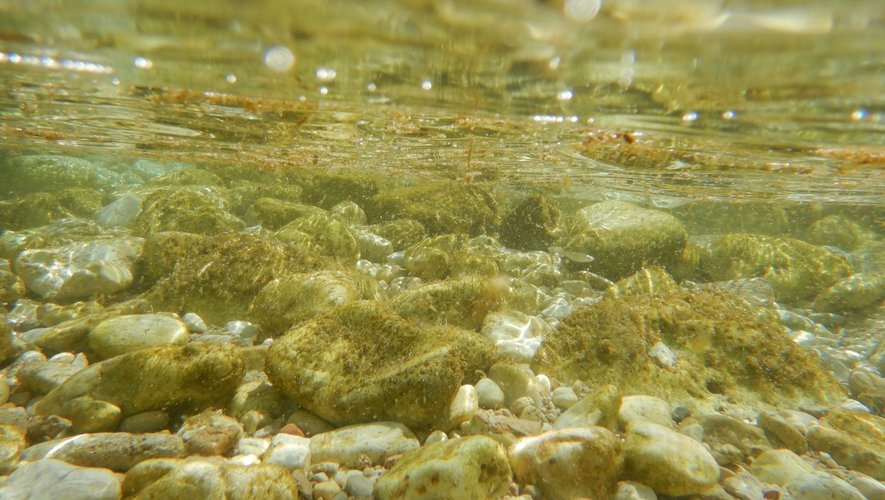According to ANSES experts, “it is enough to be a few meters from the sea to be intoxicated” by Ostreopsis. The microalgae, which has extended its proliferation zone in recent years, has been responsible for nearly 900 poisonings since 2021 on the Basque coast.
Will it spoil the summer season? The National Health Security Agency (Anses) is alerting this Tuesday, June 20 to the proliferation of Ostreopsis on the Basque coast. Tropical, the microalga reached the Mediterranean twenty years ago and, since 2021, has been the cause of nearly 900 poisonings on the Basque coast, bordered by the Atlantic Ocean.
Poisoning is due to the toxins released by Ostreopsis. According to ANSES, intoxicated people suffer from flu-like symptoms, skin irritations and gastric disorders. These signs appear a few hours after exposure to the toxin and disappear within a few days.
It is mainly the inhalation of sea spray that is the cause of the infection. “It is enough to be a few meters from the sea to be intoxicated”, notes the health agency.
How to spot proliferations?
Proliferation areas are more numerous in summer, when the water temperature reaches 20°C. Algae accumulate on the surface of the water in “algal blooms”; these end up forming brown layers that can extend over several square meters. “It is not because they are not visible that there is no risk”, warns ANSES.
Another way to identify them: “the sensation of a metallic taste in the mouth, even if the microalgae has only been inhaled and not ingested”.
Who are the people most at risk?
Restaurant owners, lifeguards, lifeguards… Professionals who work on or near beaches are particularly at risk. Prolonged exposure to the toxin in question would be responsible for a lengthening of the duration of symptoms.
In order to protect these particularly affected populations, ANSES recommends organizing working hours in order to limit the presence of these people during proliferations. It also recommends the wearing of protective equipment for personnel in charge of water abstraction.
In addition to professionals, among the populations that frequent the beaches, ANSES has identified particularly sensitive groups. “People who have respiratory problems are most at risk of showing symptoms. They should avoid being near the coast when there is a proliferation of Ostreopsis”, advises Carole Catastini, coordinator of the expertise.
What measures against Ostreopsis?
ANSES recommends a set of measures to be applied depending on the concentration of microalgae in the water and the number of reported poisonings. These measures range from informing the public to banning beaches and nautical activities. Already in 2021, several seaside resorts on the Basque coast had taken the decision to close their beaches, such as in Biarritz, Saint-Jean-de-Luz, Bidart, then relayed the newspaper Le Parisien.
The agency also pleads for greater water monitoring with more samples. “Similarly, we should not only control supervised beaches, as is currently the case, but all beaches where there are water activities, whether swimming, surfing or sailing, recommends Carole Catastini. We also know that the presence of Ostreopsis can be very localized: it can be present at one end of the beach but not at the other.”
Who of the consumption of seafood products?
For now, food poisoning has been reported outside Europe, but the link with microalgae has not been clearly established. However, it is advisable not to fish for shellfish or other seafood during blooms. “The fish must be gutted before being eaten, the toxins accumulating in the digestive tract”, specifies Nathalie Arnich, who coordinated the expertise. ANSES has also established a toxin concentration threshold in shellfish. Beyond that, they are deemed unfit for consumption.

